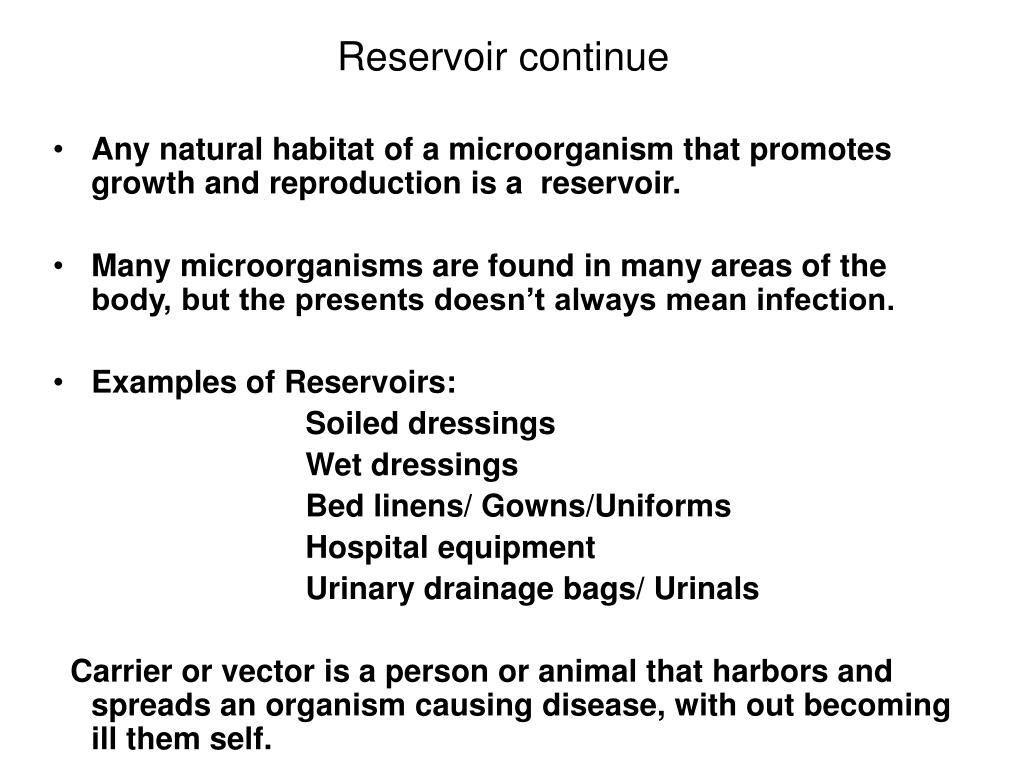

Surgical conscience is ingrained in nurses at most hospitals and throughout nursing school, and they exercise their surgical conscience on a daily basis. Tiffany Brown, RN, BSN, CNor, the manager of outpatient surgery at Clark Memorial Hospital in Jeffersonville, Ind., concurs: “I do believe that surgical conscience is a guiding principle in perioperative care today, and that most nurses exercise this in their daily practice. “It’s a matter of integrity: While the day-to-day routine sometimes allows for nurses to briefly think that they do not need to adhere to the surgical principles they have been taught, a nurse has to stand for what is right all the time to protect the patient.” “I believe that most nurses intend to practice surgical conscience, and that most of the time, the nurse and the surgical team hit the mark,” says Sharon Greene-Golden, CRCST, FCS, the manager of the Central Sterile Supply Department for Bon Secours, Mary Immaculate Hospital in Newport News, Va. It’s about consistently exhibiting ethical behavior and promoting patient safety all the time, in every circumstance-and doing the “right thing” in a surgical setting even if nobody else is watching or is aware that patient safety has been compromised, however minor or insignificant the compromise may appear to be.

In its strictest sense, surgical conscience is about much more than just using good surgical technique or not taking shortcuts. “all of this comes together to make up the surgical conscience of a perioperative nurse.” “Perioperative nurses draw upon an extensive and unique body of knowledge and training to deliver the highest level of care for their patients during surgical procedures,” says Linda Groah, the executive director and CEo of the association of perioperative registered Nurses (AORN).

Specifically, we’re referring to the policies, standards and best practices recommendations that dictate proper procedures for every or activity-from scrubbing/gowning/gloving techniques to patient positioning, aseptic techniques and maintenance of infection control measures. The term refers to the concept of human conscience as it applies to the performance of all of the activities that occur in the operating room. In recent years, the idea of a human conscience has been extended to the operating room, where “surgical conscience” has become a rallying cry for many health care professionals and patient safety advocates. It’s that “little voice” inside that helps each of us distinguish between right and wrong. Regardless of their spiritual beliefs, almost everyone would agree that, as human beings, each of us has a conscience. Surgical Conscience: A guiding light in the modern OR


 0 kommentar(er)
0 kommentar(er)
